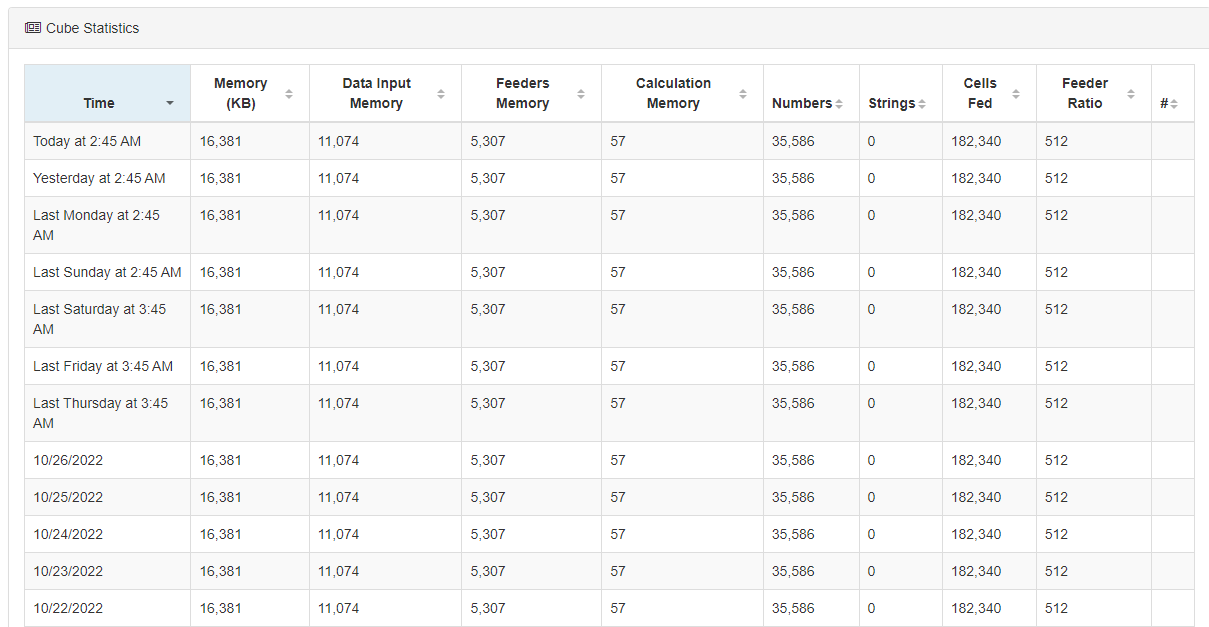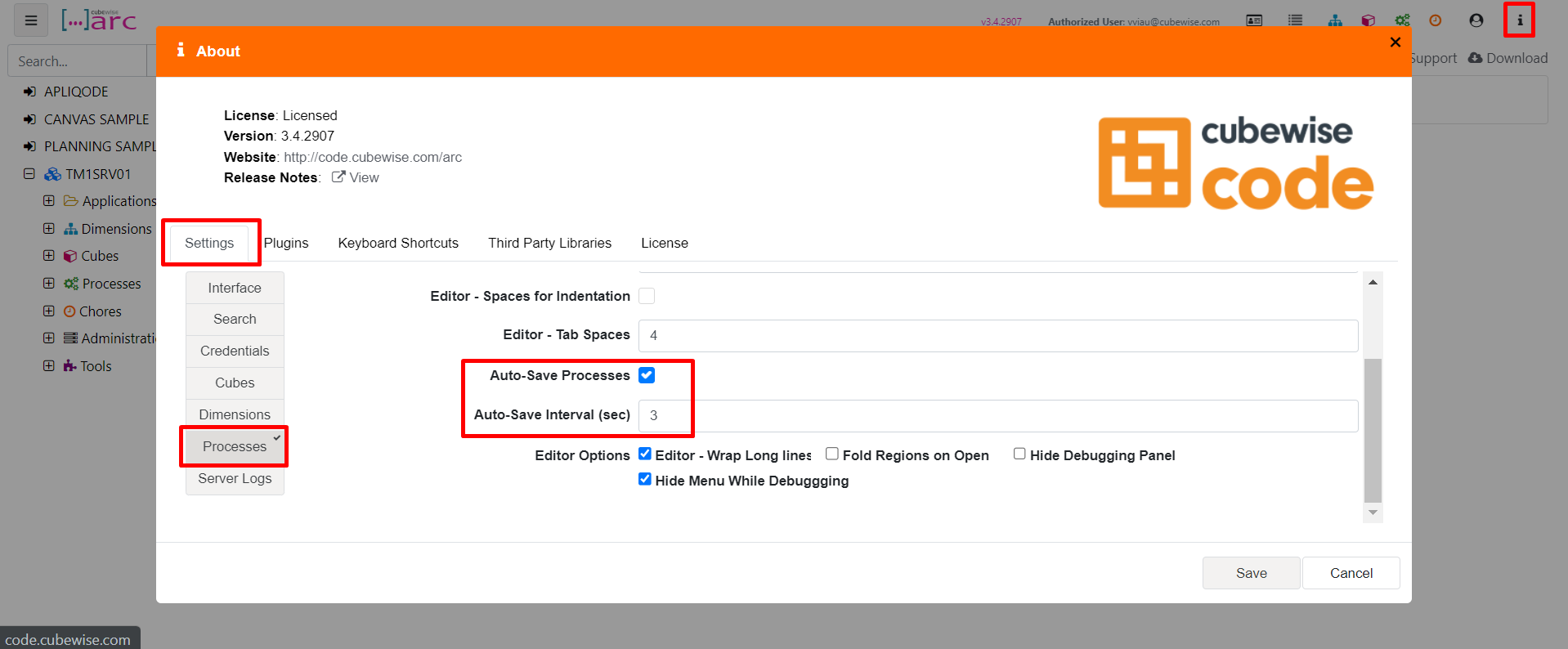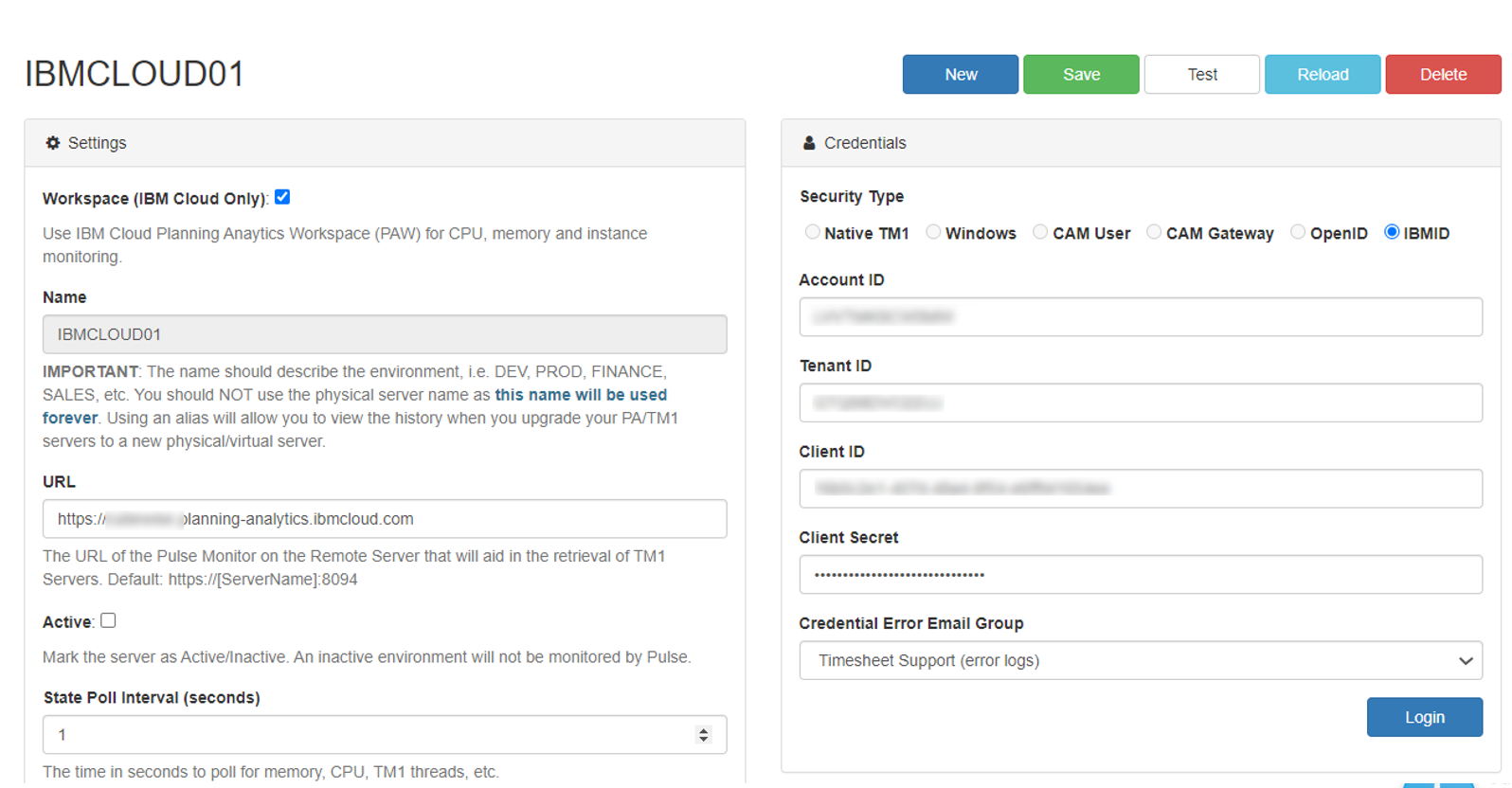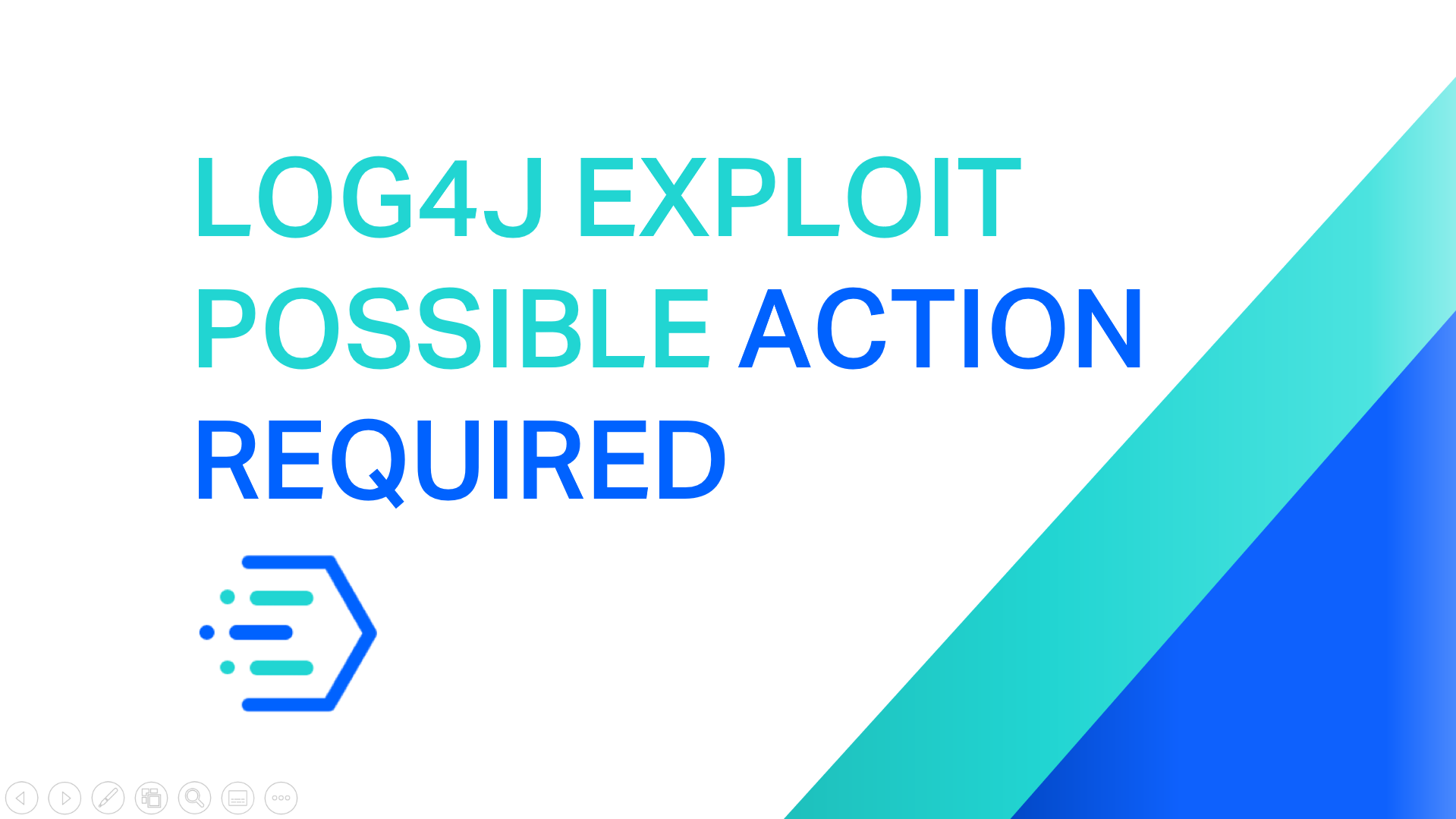Category: Configuration
-

Arc settings.yml file
Arc settings file can be found in folder where Arc was installed and it is called: settings.yml.
-

Why Pulse is turning on Performance Monitor in TM1
Pulse stores all your IBM Planning Analytics (TM1) cube stats in its database. To see these stats you need to go to Model Spotlight > select the instance > select one cube and you will find the following table:
-
How does Pulse determine if a TM1 instance is offline
It might happen that you are receiving an offline alert from Pulse but the TM1 instance is still running.
-
Using the HTTP Strict Transport Security (HSTS) response header
To enable the HTTP Strict Transport Security (HSTS) response header. Open the settings.yml file located in the Arc installation directory and add the following parameter:
-
Using TLS protocols v1.2+ with Arc
To enable Arc to use only TLS protocols (v1.2+) and ciphers that are known to be secure:
-

How to activate auto-save processes in Arc
Starting with Arc v3.4, Arc can now auto-save your process at a specific interval. This is handy to avoid losing your code if you get an internet connection issue.
-

Connecting Pulse to a PA SaaS instance with the non-interactive account
When Pulse is connected to a PA SaaS environment as the one below, you have to click the Login button and enter an IBM ID who has Admin access to PAW and to the TM1 instances:
-

Getting started with Pulse v6 or v7
Pulse v6 was rebuilt using the REST API allowing a single Pulse Application Server to monitor many TM1 servers. This version includes many new features such as the Pulse Explorer (bringing a new way to easily view what is happening on all your TM1 instances second per second) and support for hierarchies.
-
Enabling TLS protocols in Arc
# Use only TLS protocols (v1.2+) and ciphers that are known to be secure
-

log4j Exploit – Possible Action Required
There has been a recent discovery of an exploit in the commonly used log4j library. The vulnerability impacts versions from 2.0 to 2.14.1. The vulnerability allows an attacker to execute remote code, it should therefore be considered serious.